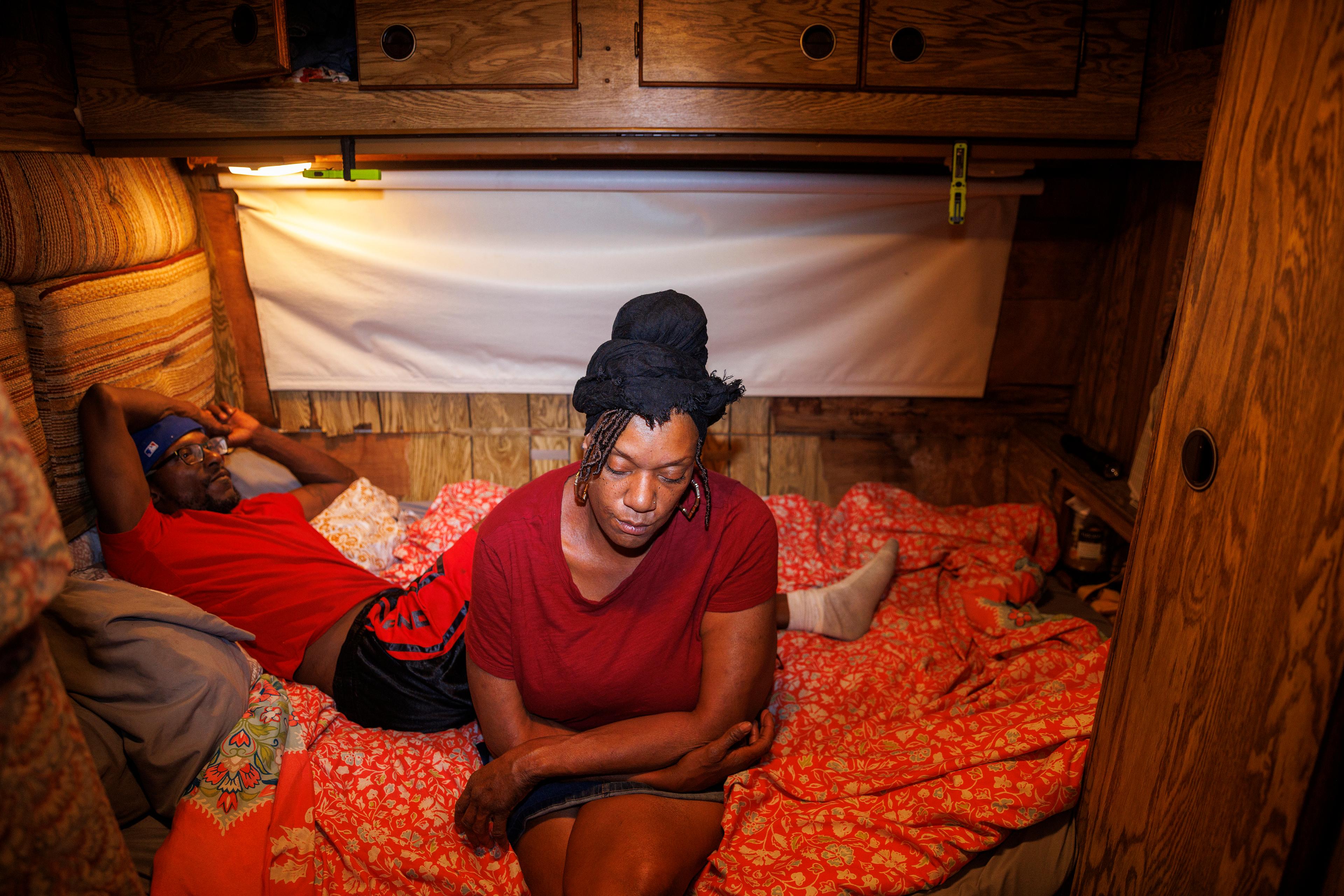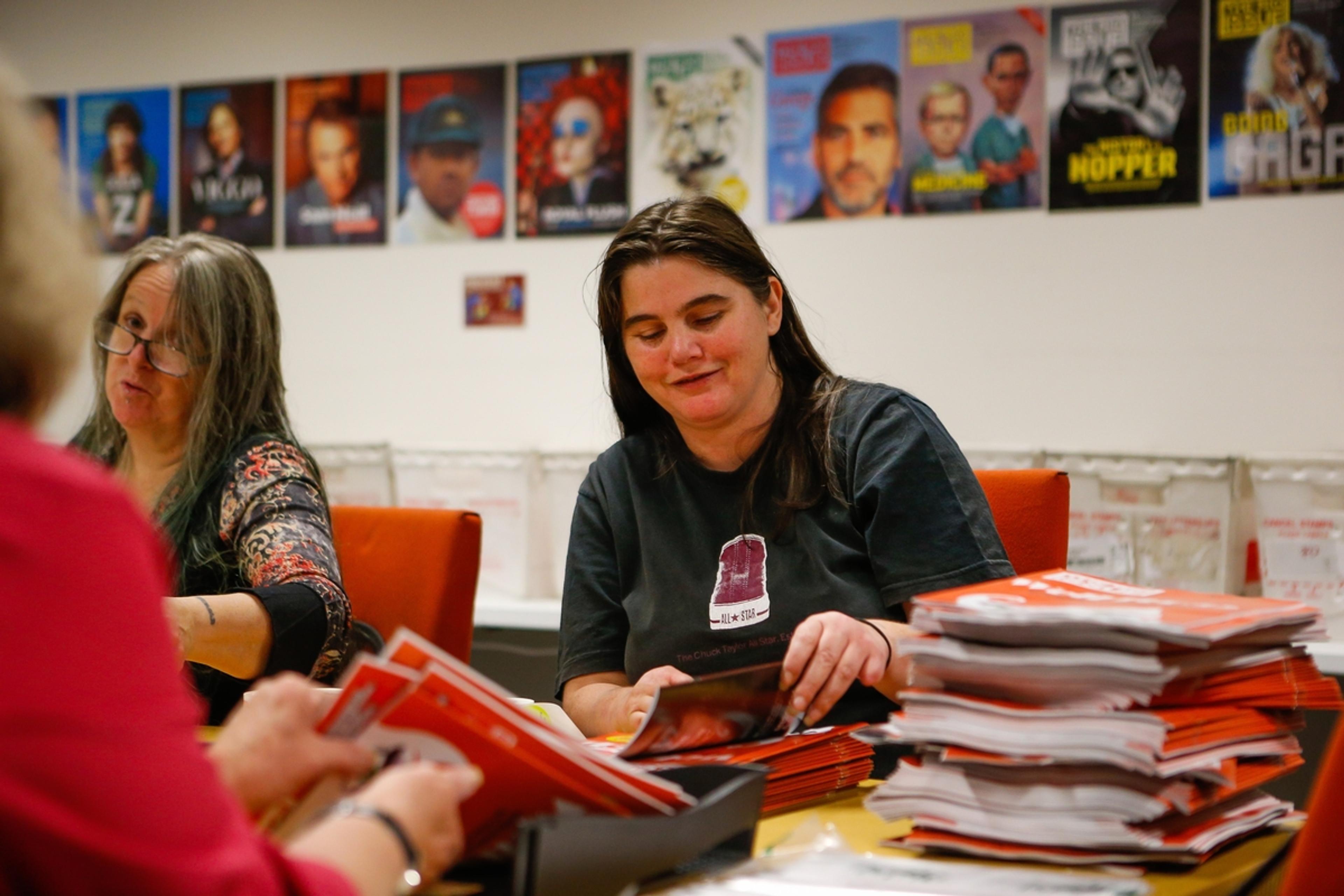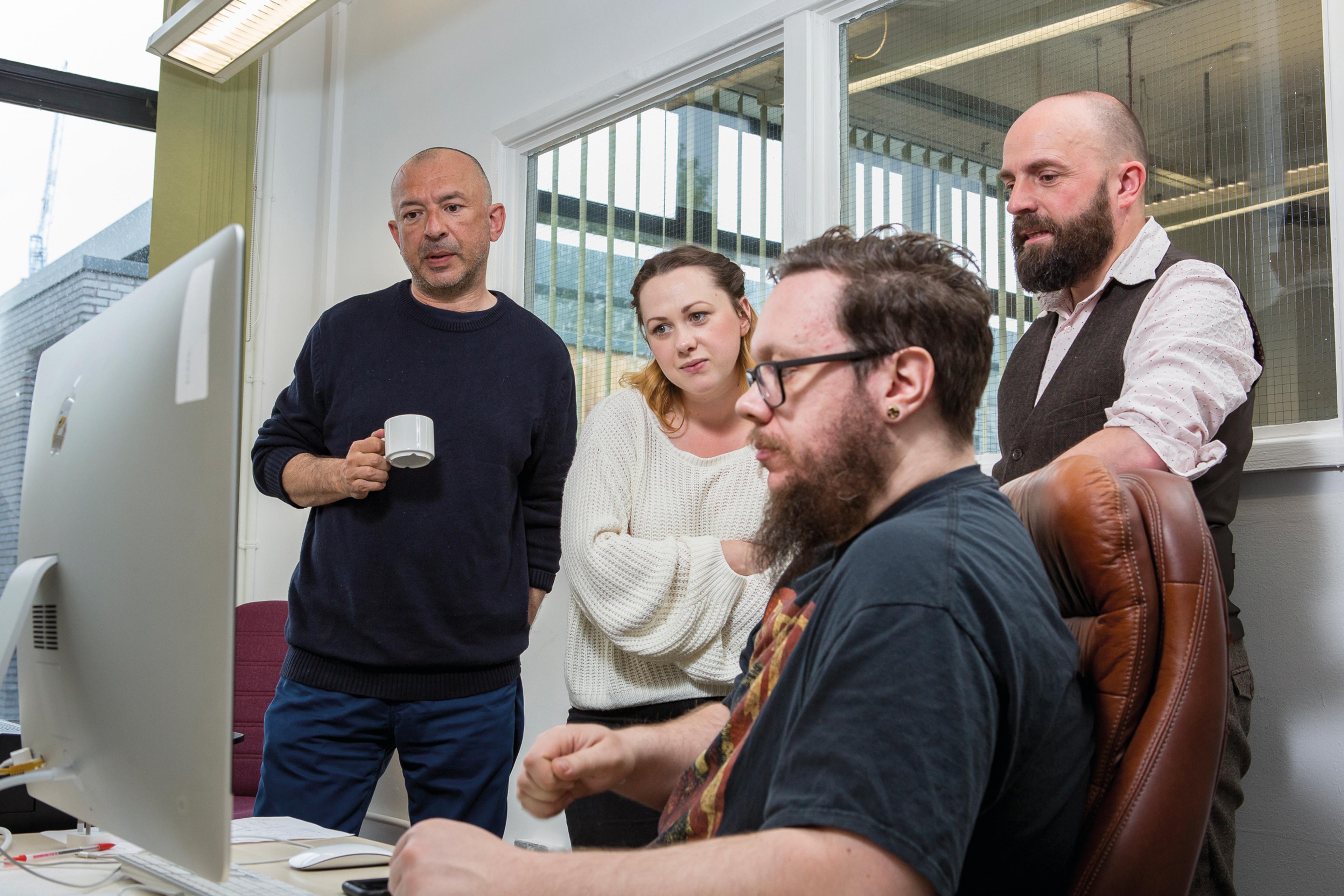Q&A: Denver VOICE photographer Giles Clasen on using images to change perceptions
By Tony Inglis
- Street paper news

Photographer Giles Clasen has been taking pictures for Colorado, USA street paper the Denver VOICE for about 15 years. Here, he discusses his approach to photographing vulnerable subjects, and how the opportunity to work with the street paper gave him purpose when a Traumatic Brain Injury left him unable to work.
INSP: did you become interested in practicing photography, and when did you want to pursue it further as work and as an art form?
Giles Clasen: I became interested in photography when I was in high school. Back then my family didn’t have a lot of money and I asked my mother for a camera for Christmas. I don’t know how she did it, but somehow she scraped together about $400 to buy me a Canon single lens reflex camera. I always worked a part-time job to pay for my film and I was hooked from then on.
In college I developed my skill further. But it wasn’t until I began working with homeless families that I realized the real storytelling power of photography.

Cheryl Osorio tells her son Jesus to turn the lights off to her home. Osorio and her family live in a house with no running water and which isn't connected to the power grid. Osorio uses a generator to power her house when needed. She uses her wood stove to cook and purify her water. This photo was part of a story about how Covid-19 had affected the Navajo community, and was published in street paper the Denver VOICE. Credit: Giles Clasen.
Were you aware of street papers before you began working with the Denver VOICE?
I was. I studied journalism in college and one of my textbooks mentioned street papers. I have always had the drive to fight for social justice. I believe journalism can change public perception on issues. When I read about street papers I remember thinking, “That. I want to do that.”
I sent an email to the Denver VOICE in 2007 or 2008 asking to contribute. I remember being really nervous and excited. I was thrilled when they gave me a chance.
At the time I was recovering from a Traumatic Brain Injury (TBI) and unable to work. I was near homeless, living on the food donated to me by my church and paying rent with help from my family. When Tim Covi, then an editor with the Denver VOICE, gave me a chance to write and take photos, it gave me purpose at a point in my life when I wasn’t sure I had any future.
The TBI impacted many aspects of my life. I continue to experience severe pain and have double vision today. I can’t actually tell if my photos are any good until I see them on a giant screen.
In 2008, less than a year after the injury, it was all much more severe. I wasn’t sure if I would ever return to work. I wasn’t sure what life would be like for me moving forward. Tim took a risk on me, and I will forever be grateful.
It was hard to write and take photos with such limited vision. But working for the Denver VOICE, working with Tim, showed me I could still do some great things. It was both a fulfilment of a college goal and to some degree a lifesaving venture for me. I only have what I have today because of the street paper. Every job I have worked since has been in part because of what the Denver VOICE has given me.
Elisabeth, our current editor, took over four years ago and built off of our previous success. She pushed me early on in her tenure to write and develop my own articles rather than taking photos to accompany other writers' articles. Her push and encouragement changed me and my work in profound ways. I wouldn't have felt so bold to tell the stories I am telling today without her efforts.
I think when you take risks to get to know and care for individuals living outside what is considered normal you begin to see a different world.
Do you have any key principles generally when taking photos?
My driving principle is to get permission from the subject and be transparent in how I plan to use the images. I understand that in the United States photographers have a right to take photos in public spaces. There is a rich history of street photography documenting the public space. For individuals experiencing homelessness, their private spaces are public. We must respect and honor this.
I don’t care how much good you intend on doing in documenting unhoused communities. If you start out by secretly taking a photo, or taking a photo without permission, then you aren’t on solid footing.
When working with people who may be vulnerable or from marginalized backgrounds, do you alter the way your work in any way to accommodate them?
Yes. I always ask for permission, and I always show the photo to the individual before publication to make sure they are comfortable with the image. I also try to document truthfully but I don’t really know what that is beyond the abstract idea. The lens is not objective and the choices I make can sensationalize or humanize and sometimes it does both. The final goal is to force the viewer to feel something about the subject. I don’t know if it always works.
One responsibility of street papers is to impact public perception of people on the fringes of society. How do you think good photos play into that?
I think when the photographer spends time with the subject and truly cares about the subject there is a different image you get to present. It is important to take risks as an artist and to get to know the community. I want to see Denver in the way those experiencing homelessness see Denver. I want to show what the cold does to a person, what a hot summer day does to a person. I want to show the impact of public policy in personal ways.
I think when you take risks to get to know and care for individuals living outside what is considered normal you begin to see a different world – one of survival and love. This is what I try to show to people. I try to show the real-life circumstances that go unseen and are taken for granted.

In Denver, USA, there has been a rise in the use of RVs (motorhomes or campervans) by people experiencing homelessness. Devine Carter and Cornelius Jenkin have been living in a 22-foot trailer for over 18 months. They had moved in with their son, who was diagnosed with schizophrenia, to help him. They became homeless when their son lost his housing due to a mental health crisis. This photo was published as part of a feature on this subject in street paper the Denver VOICE. Credit: Giles Clasen.
Is there a particular photo or story that you’ve worked on as a photographer that has had a significant effect on you?
Every story I work on impacts me. I actually think of my life in the time periods of doing different stories. July of 2022 was this story; August 2023 was that story.
There have been a few that really hit home. My story on the impact of COVID-19 on a specific region of the Navajo community in Arizona altered me. I joined the board of the non-profit I covered and continue to work to help that community.
The story I did in 2022 on individuals living in campers on the streets of Denver impacted me. I continue to document those communities and be a part of those communities.
I am about to publish a story on a BIPOC Roller Derby training squad in Denver – and I can’t begin to express how that story has changed the trajectory of my life.
I guess some people look to meditation or self-help books for improvement. I find communities I want to document and dig into learning, changing and growing as part of the process. These stories change the way I see and act in the world. How could I not change after someone struggling with a heroin addiction opens up to me? When someone is generous enough to share their story with me, I have to be generous enough to listen and care. Caring changes everything.
Support our News Service
We believe journalism can change lives, perceptions, and society - underpinning democracy for a more equitable world. Learn more about the INSP News Service and how to support it here.
You may also be interested in...

Q&A: How The Big Issue Australia is empowering women through enterprise
Read more
Street Sense Media vendors stage play exploring solutions to homelessness
Read more